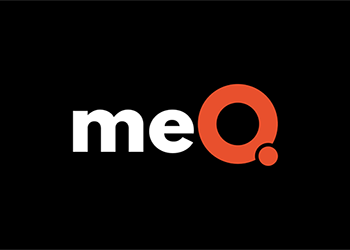If you are feeling stressed and anxious, you are not alone. Here’s the proof: According to the APA’s latest survey, the number of Americans who reported feeling stressed in the past month is at 80 percent, as of January of 2017, that’s up 15 percent from six months ago.
Business models in most major industries are changing, and our employees are bearing the weight of it. This climate of volatility has fueled our collective anxiety. Workplace anxiety is an epidemic in its own right—with 80 percent of organizations believing their employees to be overwhelmed at work.
Resilience is our life vest that not only enables our employees to keep their heads above water, but empowers them with the emotional and mental buoyancy to rise to the top, unleashing their full potential. GE’s CEO Jeff Immelt said in a recent Fortune interview, “Resilience matters most in leadership today.”
Why? Because resilience gives you the skills to address those core thoughts, feelings, and beliefs that drive stress and anxiety—and today’s business leaders face a climate of volatility, uncertainty and rapid change. Here are the three ways to use resilience to stop the spread of anxiety:
1. Build agility in an era of uncertainty.
Agility is the ability to adapt to your surroundings and be ready to meet challenges without getting “stuck.” This is an especially critical trait to develop and strengthen in this era of uncertainty and mass anxiety.
Evolutionarily, humans are good at picking up on stress signals from each other (to warn one another about threats and stressors in our environment). This feeds into our “collective anxiety,” which is helpful when it springs us into action. However, according to the World Economic Forum, when it gets too strong, this anxiety can have a paralyzing effect, rather than a mobilizing one.
We’ve felt this in the workplace: One person is anxious and soon enough their fears have seeped into our collective morale—slowly depleting confidence and hindering the ability to execute. Agility is that secret ingredient in resilience that helps us maintain our momentum and stay mobile, even in the face of daunting changes, in and out of the workplace.
2. Boost self-efficacy to conquer challenges.
Self-efficacy is the idea that you can prevail in the face of a challenge. This belief is increasingly valuable as our workplace culture shifts from a paternalistic model (based on pensions and benefits) to a more self-reliant one, in which employees now independently bear the risk for healthcare, retirement, and other benefits.
Self-efficacy and stress are closely related concepts, and are usually inversely related. People with high self-efficacy view demands as challenges, rather than threats, and thus feel more confident when it comes to handling challenging situations independently.
3. Build trust to combat toxic work cultures.
Studies show that disillusionment starts at the top, and employees look to their superiors when gauging the extent to which they can actually trust their organization. When employees don’t have faith in their leaders, their faith in the institution dissolves as well, and this is a large proprietor of fear and anxiety, and thus the spread of toxicity and decay of morale.
That’s why there’s an urgent call for today’s workplace leaders to model resilience, because building trust is one of the foundational elements of resilience—preventing the spread of anxiety that could create a toxic workplace culture. In fact, more than half of employers have already taken steps to provide their employees with resilience-building tools, and another 47 percent are planning to do so in the future.
